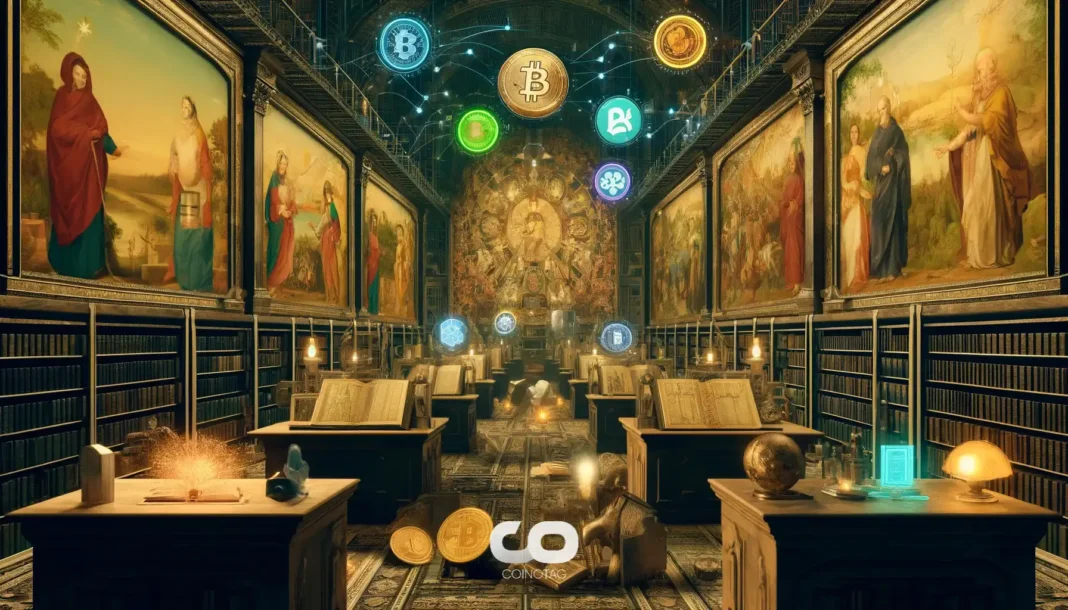The U.S. has officially committed to building a strategic Bitcoin reserve, positioning BTC as a foundational national asset to diversify reserves, hedge inflation, and lead digital finance innovation.
-
U.S. government diversifies national assets by accumulating Bitcoin as a strategic reserve.
-
Executive order authorizes Bitcoin reserve, emphasizing long-term economic and technological leadership.
-
Robert “Bo” Hines highlights Bitcoin’s unique role, akin to gold, in national asset strategy.
U.S. confirms strategic Bitcoin reserve to diversify assets and lead digital innovation. Discover how this shapes the future of national finance.
What Is the U.S. Strategic Bitcoin Reserve and Its Purpose?
The strategic Bitcoin reserve is a government initiative to hold Bitcoin as a national asset, diversifying beyond traditional reserves like gold and fiat currency. This reserve aims to hedge against inflation, enhance geopolitical influence, and foster innovation in digital finance.
Who Leads the U.S. Bitcoin Reserve Initiative?
The initiative is spearheaded by the U.S. President Donald Trump’s Council of Advisers on Digital Assets, with Robert “Bo” Hines playing a key leadership role. Hines emphasizes the administration’s commitment to accumulating Bitcoin as a foundational asset.

How Was the Bitcoin Reserve Officially Authorized?
In March, an executive order formally authorized the creation of the strategic Bitcoin reserve. This directive establishes the legal and policy framework necessary for integrating Bitcoin into the national financial system, marking a historic step in U.S. economic policy.
What Infrastructure Is Needed to Support the Bitcoin Reserve?
Developing the reserve requires secure custody solutions, clear regulatory guidelines, interoperability with existing financial systems, and robust risk management strategies to handle Bitcoin’s volatility and security demands.
Why Does a National Bitcoin Reserve Matter?
The reserve offers economic resilience by diversifying assets and providing a hedge against inflation. It also enhances U.S. geopolitical leverage and spurs technological innovation, positioning the country as a leader in the digital economy.
| Benefit | Impact | Comparison |
|---|---|---|
| Asset Diversification | Reduces reliance on fiat and gold | More flexible than traditional reserves |
| Inflation Hedge | Bitcoin’s capped supply limits inflation risk | Stronger than fiat currencies |
| Technological Leadership | Encourages innovation and investment | Positions U.S. ahead of global peers |
What Challenges Does the U.S. Face in Establishing the Bitcoin Reserve?
Key challenges include managing Bitcoin’s price volatility, ensuring cybersecurity for large holdings, evolving regulatory frameworks, and building public trust through education and transparency.
How Will Volatility and Security Be Managed?
Advanced risk management strategies and state-of-the-art cold storage solutions are essential to protect the reserve from market swings and cyber threats, ensuring long-term stability and security.
What Is the Future Outlook for Digital Assets with This Initiative?
The U.S. strategic Bitcoin reserve signals a shift toward mainstream acceptance of digital assets as integral to national finance. This move may encourage broader institutional adoption and inspire other nations to develop similar strategies.
How Could This Influence Global Cryptocurrency Adoption?
By setting a precedent, the U.S. could accelerate global digital asset integration, fostering a more interconnected and innovative financial ecosystem worldwide.
Frequently Asked Questions
What is a strategic Bitcoin reserve?
A strategic Bitcoin reserve is a government-held stockpile of Bitcoin intended to diversify national assets, hedge inflation, and support digital economy leadership.
Who is leading the U.S. initiative for a Bitcoin reserve?
The initiative is led by the U.S. President Donald Trump’s Council of Advisers on Digital Assets, with Robert “Bo” Hines as a key figure.
When was the U.S. strategic Bitcoin reserve officially authorized?
The reserve was authorized through an executive order signed in March 2024.
What are the main goals of the Bitcoin reserve?
Goals include asset diversification, inflation hedging, fostering innovation, enhancing geopolitical influence, and securing long-term digital economy leadership.
What challenges does the Bitcoin reserve face?
Challenges include managing Bitcoin’s volatility, ensuring cybersecurity, developing regulatory clarity, and gaining public trust.
How will this initiative impact the cryptocurrency market?
This initiative legitimizes Bitcoin as a foundational asset, potentially increasing institutional adoption and encouraging global digital asset integration.
Key Takeaways
- Strategic Bitcoin Reserve: The U.S. is building a national Bitcoin stockpile to diversify assets and hedge inflation.
- Official Authorization: An executive order in March 2024 formalized the reserve’s creation.
- Infrastructure & Regulation: Focus on secure custody, regulatory clarity, and risk management is underway.
Conclusion
The U.S. strategic Bitcoin reserve marks a transformative step in national asset management, positioning Bitcoin as a unique and foundational asset. This initiative promises to enhance economic resilience, drive technological innovation, and set a global precedent for digital asset integration. As infrastructure and regulations develop, the U.S. is poised to lead the future of digital finance with confidence and strategic foresight.






